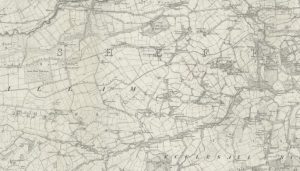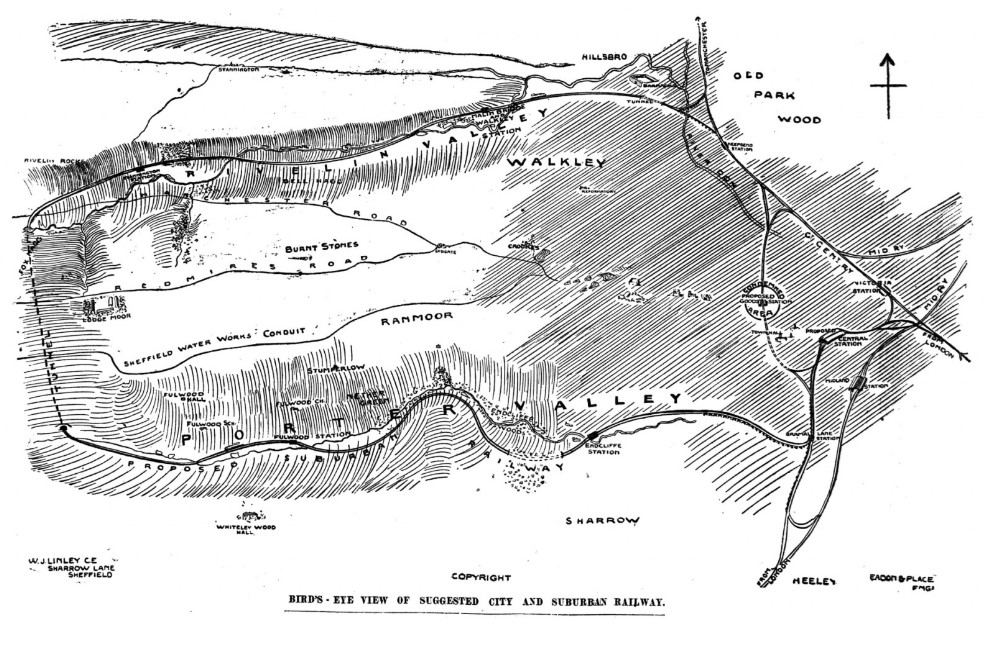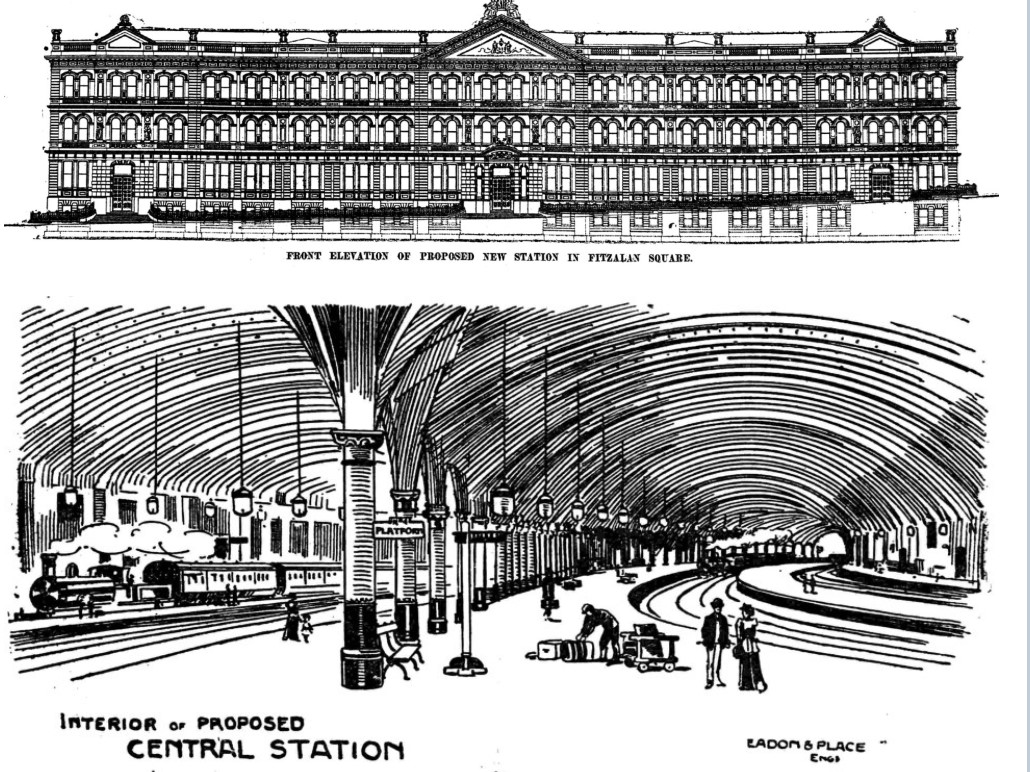Fulwood was only developed as a suburb of Sheffield towards the end of the 19th century and that, in itself, is an interesting story, but this article is about Fulwood in the dim and distant past. An extract from the 1850/1 OS map reproduced at the end of this short article will give you an idea as to how Fulwood was before it developed as a suburb of Sheffield
Pre-History
The story begins in the Mesolithic age when people were nomadic following the herds of wild animals and collecting nuts, plants and berries. They probably fished in local rivers and streams. An attractive area for both wild animals and early man, Fulwood would, as its name suggests, have been mostly covered in trees with many streams and rivers. Evidence that people were present consists of finds of flint here. A scraper was found in one of the fields below School Green Lane and a microflint was found near to where Blackbrook Avenue currently stands.
The story is similar in the Neolithic Age which began in around 5000 BC. A barbed arrowhead was found in one of the fields near Lodge Lane and another significant find has been made near the road up to Ringinglowe.
People were also here in the Bronze age (c2,500 BC – 800 BC) Yet again the Blackbrook Avenue area seems to have been particularly favoured as there are was evidence of both barrows and cairns in that region, and another near Cottage Lane.
The Roman Period
Enormous stones still form the base of old field walls in this area. These may date back to the Romano-British period (c50 AD – 400AD) and possibly earlier. A marble mosaic, roman pottery and what is described as an opus signium have all been found near Lodge Lane and a Roman coin of Constantine has been found in Stumperlowe. Roman pottery and evidence of a small building have been discovered at the top of Brooklands Avenue.
The Medieval Period
Aerial photographs show that several fields in the area have the ridge and furrow pattern typical of medieval farming and the early Court Rolls for the manor of Sheffield contain numerous references to families that had settled in Fulwood. The oldest names the Lynott family as taking 3 acres of land in Fulwood in 1283. As the Rolls only began to be compiled in the 1270s it is almost certain that this region was lived in and farmed well before that date. The monks from Beauchief Abbey had land in this area and Fulwood Booth is reported as being a place where the Lord of the Manor’s oxen were being raised in the 12th century.
Tudors and later
By the time of the Tudors (from 1485) there were several established families living in and farming land in Fulwood. As their wealth increased several of them seem to have begun to build more substantial houses. In the early 1600s they seem to have been competing as to who would live in the grandest house. Benet Grange, Fulwood Hall, Stumperlowe Hall and Whirlow Hall all seem to have been substantially improved at that time.
The story of Fulwood continues to the present day. In the twentieth century there were plans to run a railway connection to Fulwood and it was also proposed that the South-Western part of the Sheffield Ring Road should pass through Fulwood very near to the field opposite the chapel.
First Ordnance Survey of the area carried out in 1850 and published in 1854 (click on the map to see the on-line map).

First Ordnance Survey of the area carried out in 1850 and published in 1854 Reproduced with the permission of the National Library of Scotland



